The V8 Saloon formed the mainstay of Aston Martin production for 21 years. Launched in 1972 and developed from the original DBS V8 of 1969, the Series 2 cars - re-titled ‘AM V8’ - boasted a redesigned, two-headlamp front grille, replacing the DBS’s quad-lamp arrangement and recalling the looks of earlier Astons. It was not only the first but also the most radical external styling change in 21 years of production. The original Bosch fuel infection was replaced by a quartet of Weber carburettors in August 1973 when the Series 3 was introduced, this important development necessitating a deeper, extended bonnet bulge, while the distinctive ventilation louvres behind the rear window disappeared. Despite the V8’s success, financial problems stopped all production at the end of 1974 and it would not be resumed until the spring of 1976, by which time Aston Martin was under new ownership. Further changes to the Series 3 cars were few and 18 months passed before the next development - known at the Newport Pagnell factory as ‘Oscar India’ - was unveiled in October 1978. This Series 4 model boasted numerous modifications and improvements, including a revised bonnet, boot lid tail spoiler and much-improved interior among a host of others. Development continued steadily, including an extensive package of engine modifications aimed at improving fuel economy, until in 1986 fuel injection was re-introduced, this time a thoroughly modern Weber/Marelli sequential system. Aston Martin V8 production officially ceased in 1989 and ‘G902 CPL’ was first registered in 1990. The car was serviced by Aston Martin Works Service at Newport Pagnell in October 2001 at 334 miles and more recently has been maintained by respected engineers Sargeants of Goudhurst. At time of cataloguing it had covered 490 miles from new. This all time classic is offered with bespoke Aston Martin attaché and vanity cases.
The V8 Saloon formed the mainstay of Aston Martin production for 21 years. Launched in 1972 and developed from the original DBS V8 of 1969, the Series 2 cars - re-titled ‘AM V8’ - boasted a redesigned, two-headlamp front grille, replacing the DBS’s quad-lamp arrangement and recalling the looks of earlier Astons. It was not only the first but also the most radical external styling change in 21 years of production. The original Bosch fuel infection was replaced by a quartet of Weber carburettors in August 1973 when the Series 3 was introduced, this important development necessitating a deeper, extended bonnet bulge, while the distinctive ventilation louvres behind the rear window disappeared. Despite the V8’s success, financial problems stopped all production at the end of 1974 and it would not be resumed until the spring of 1976, by which time Aston Martin was under new ownership. Further changes to the Series 3 cars were few and 18 months passed before the next development - known at the Newport Pagnell factory as ‘Oscar India’ - was unveiled in October 1978. This Series 4 model boasted numerous modifications and improvements, including a revised bonnet, boot lid tail spoiler and much-improved interior among a host of others. Development continued steadily, including an extensive package of engine modifications aimed at improving fuel economy, until in 1986 fuel injection was re-introduced, this time a thoroughly modern Weber/Marelli sequential system. Aston Martin V8 production officially ceased in 1989 and ‘G902 CPL’ was first registered in 1990. The car was serviced by Aston Martin Works Service at Newport Pagnell in October 2001 at 334 miles and more recently has been maintained by respected engineers Sargeants of Goudhurst. At time of cataloguing it had covered 490 miles from new. This all time classic is offered with bespoke Aston Martin attaché and vanity cases.
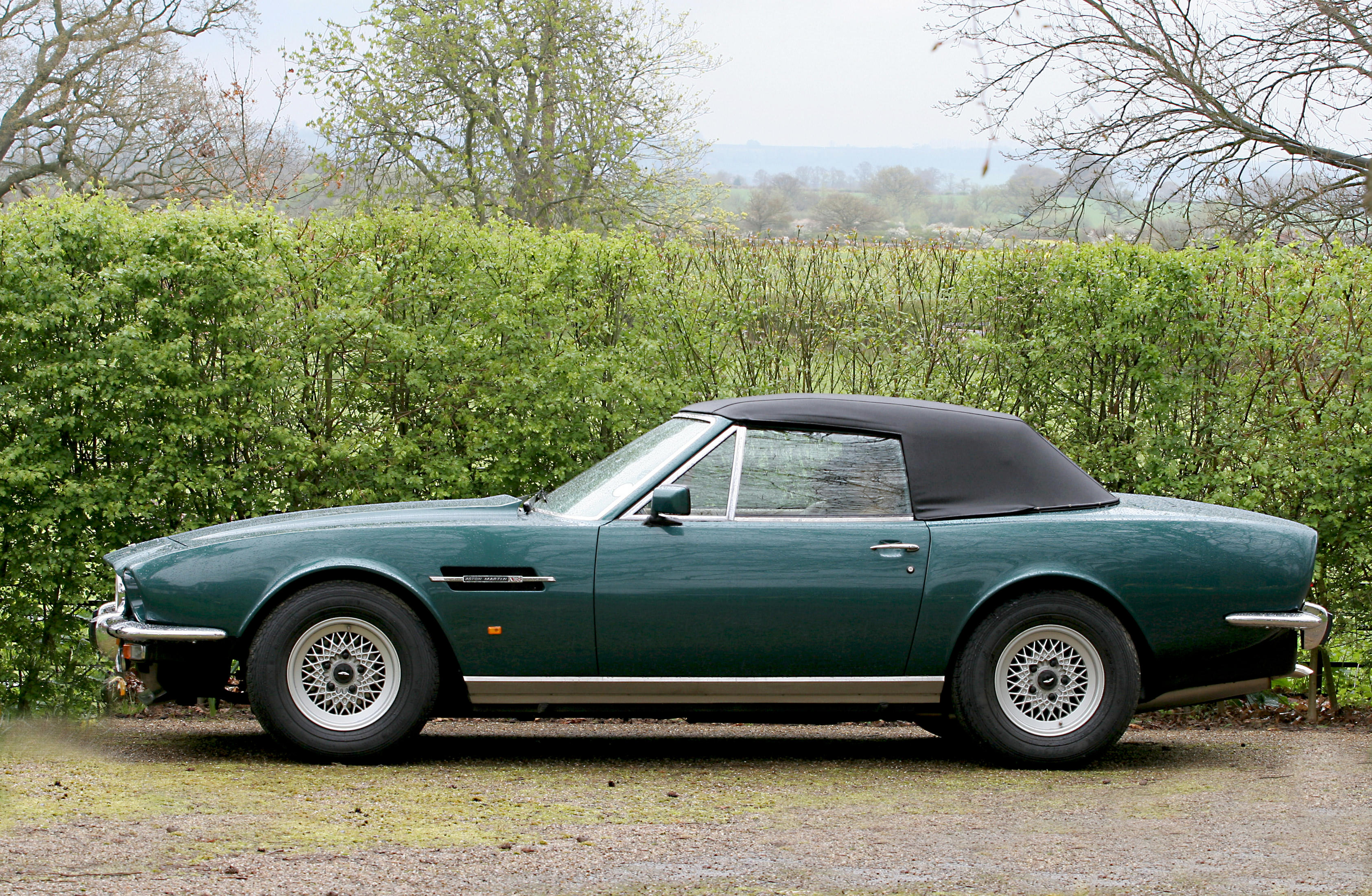
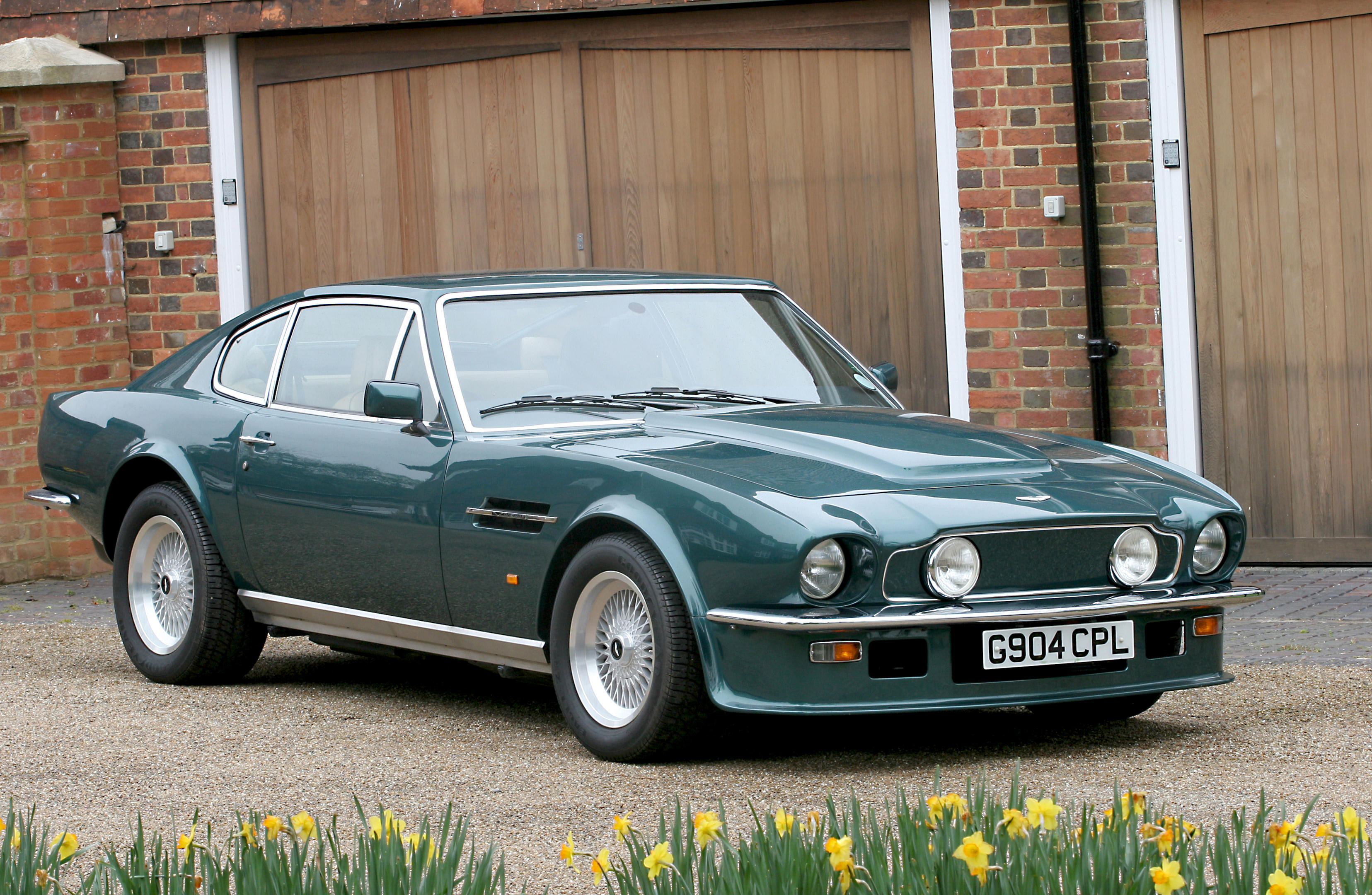
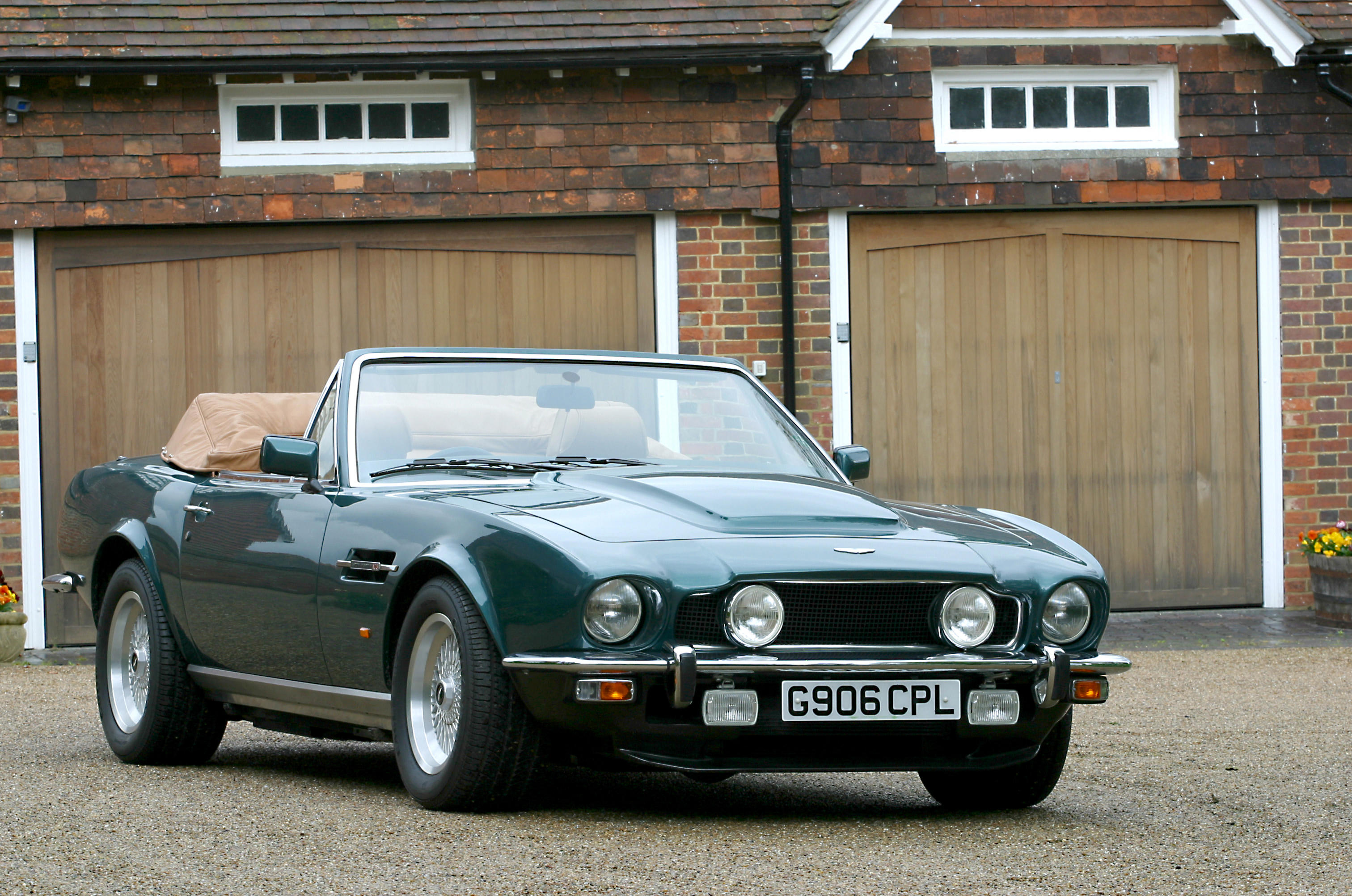
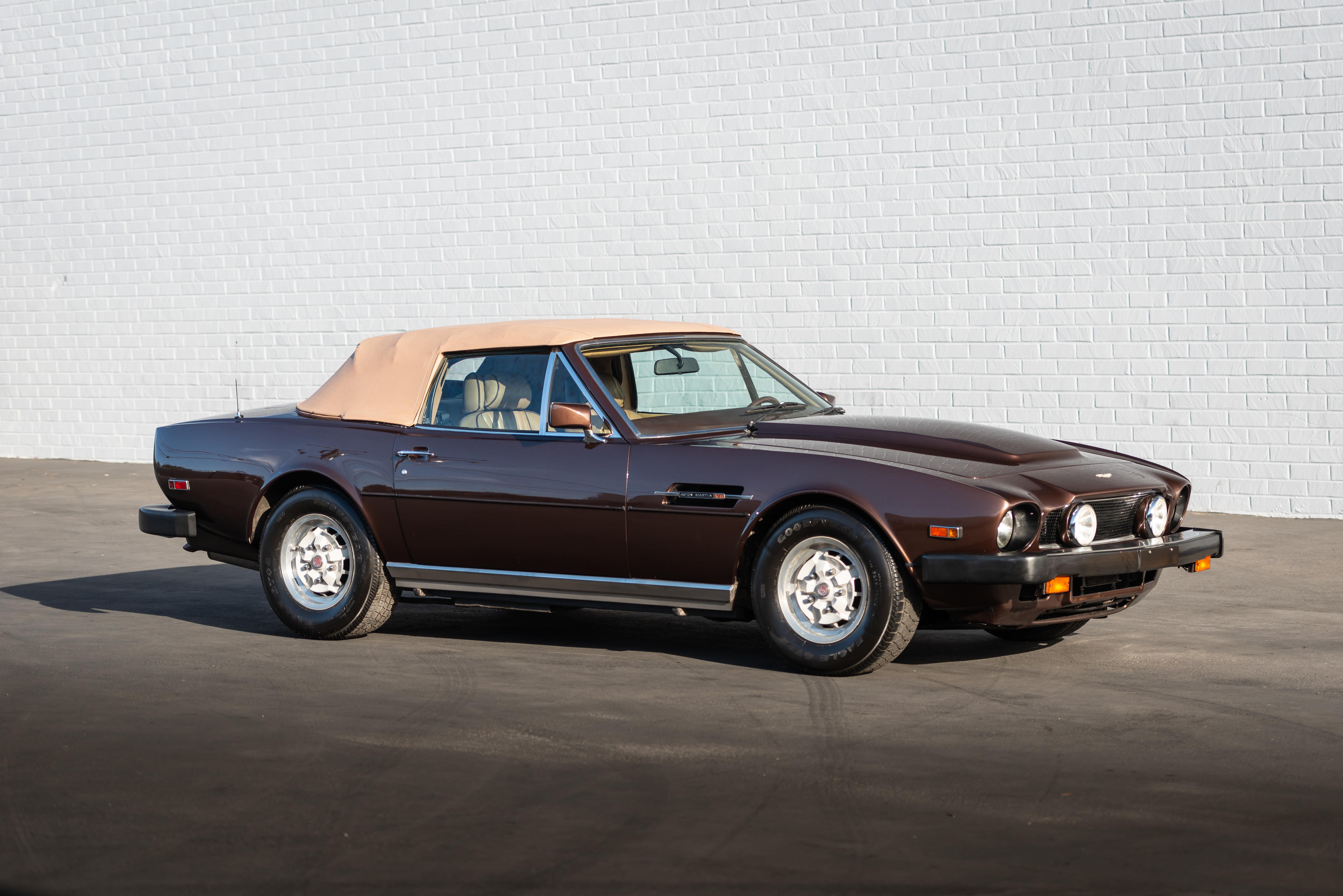
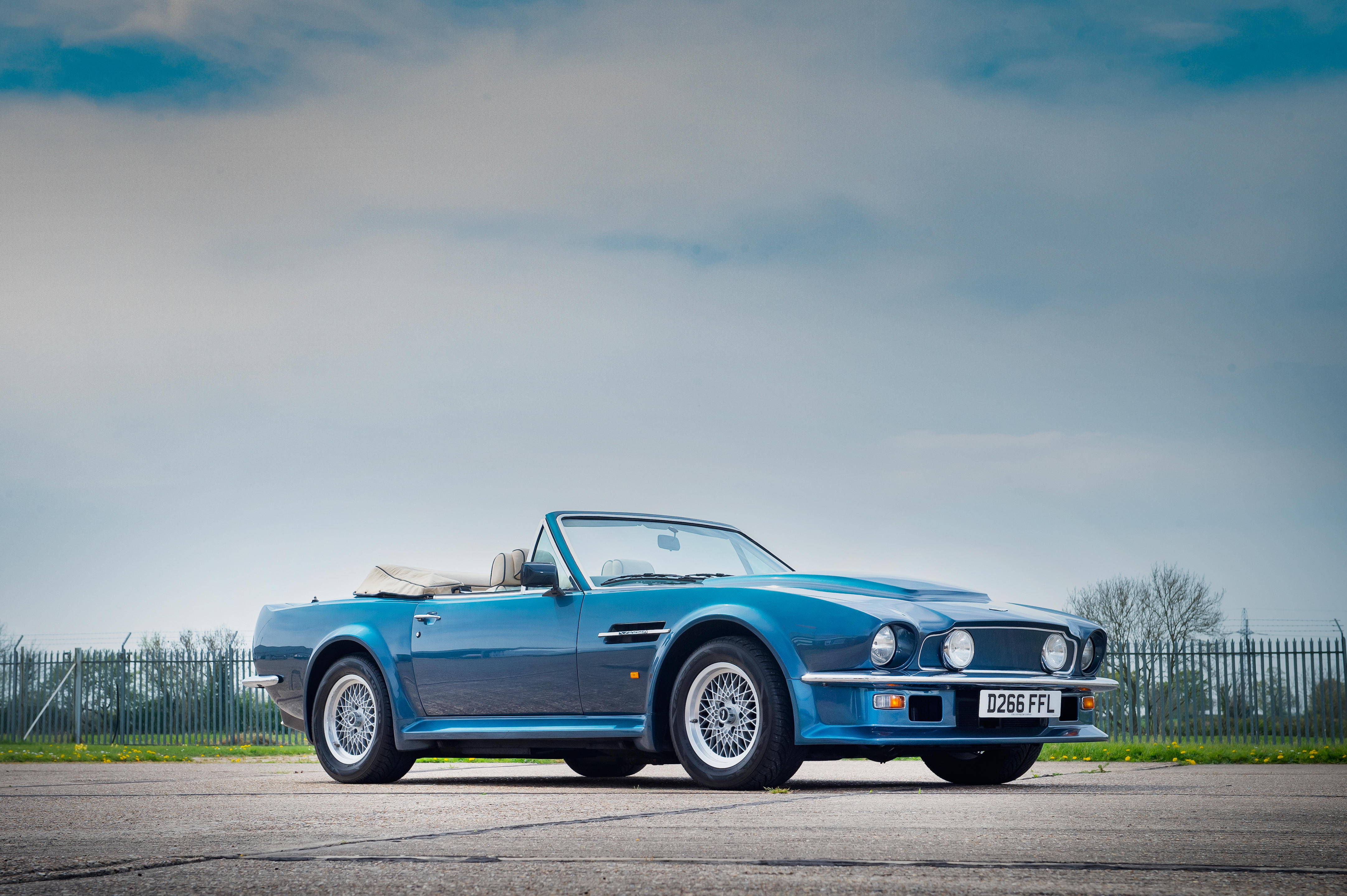

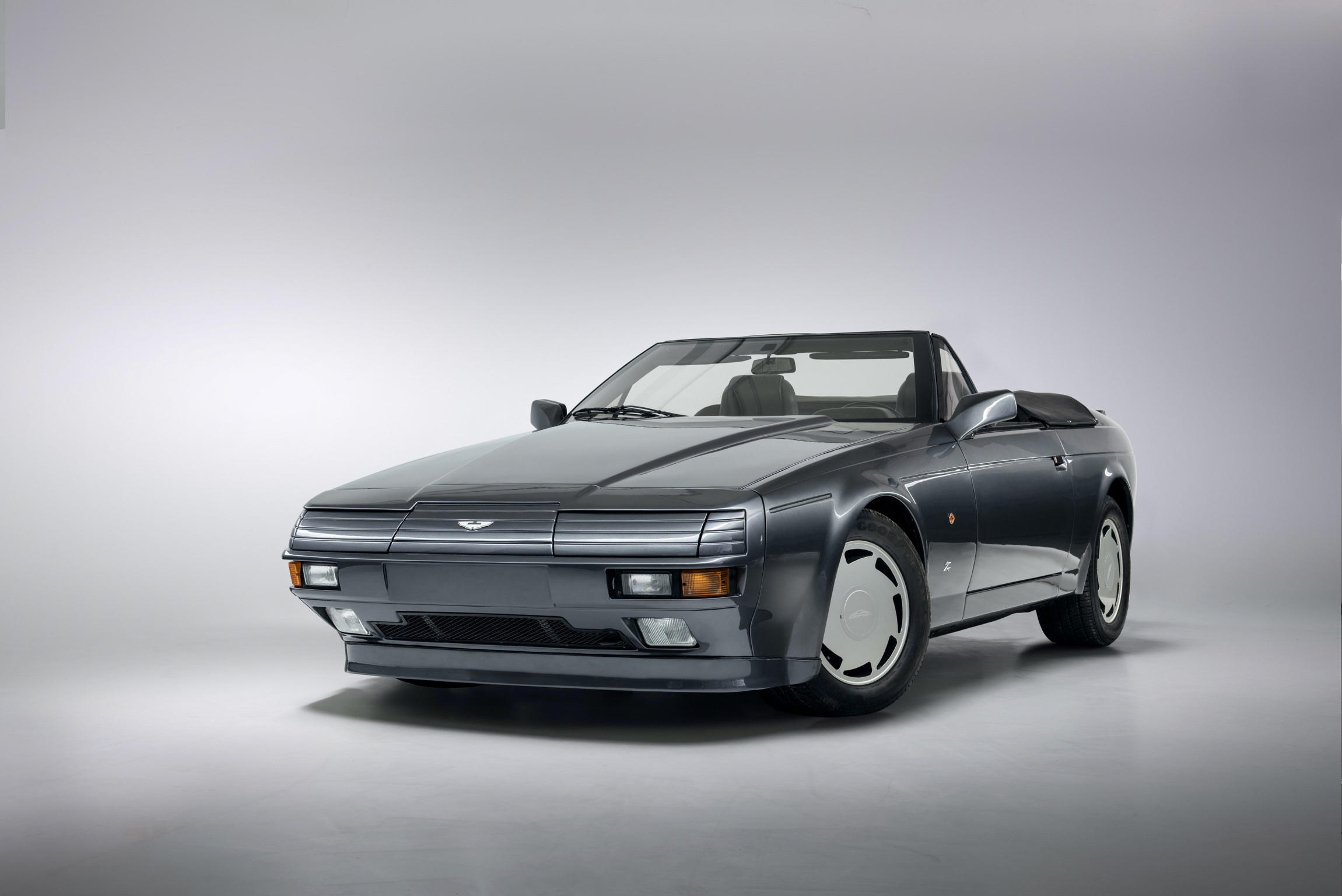
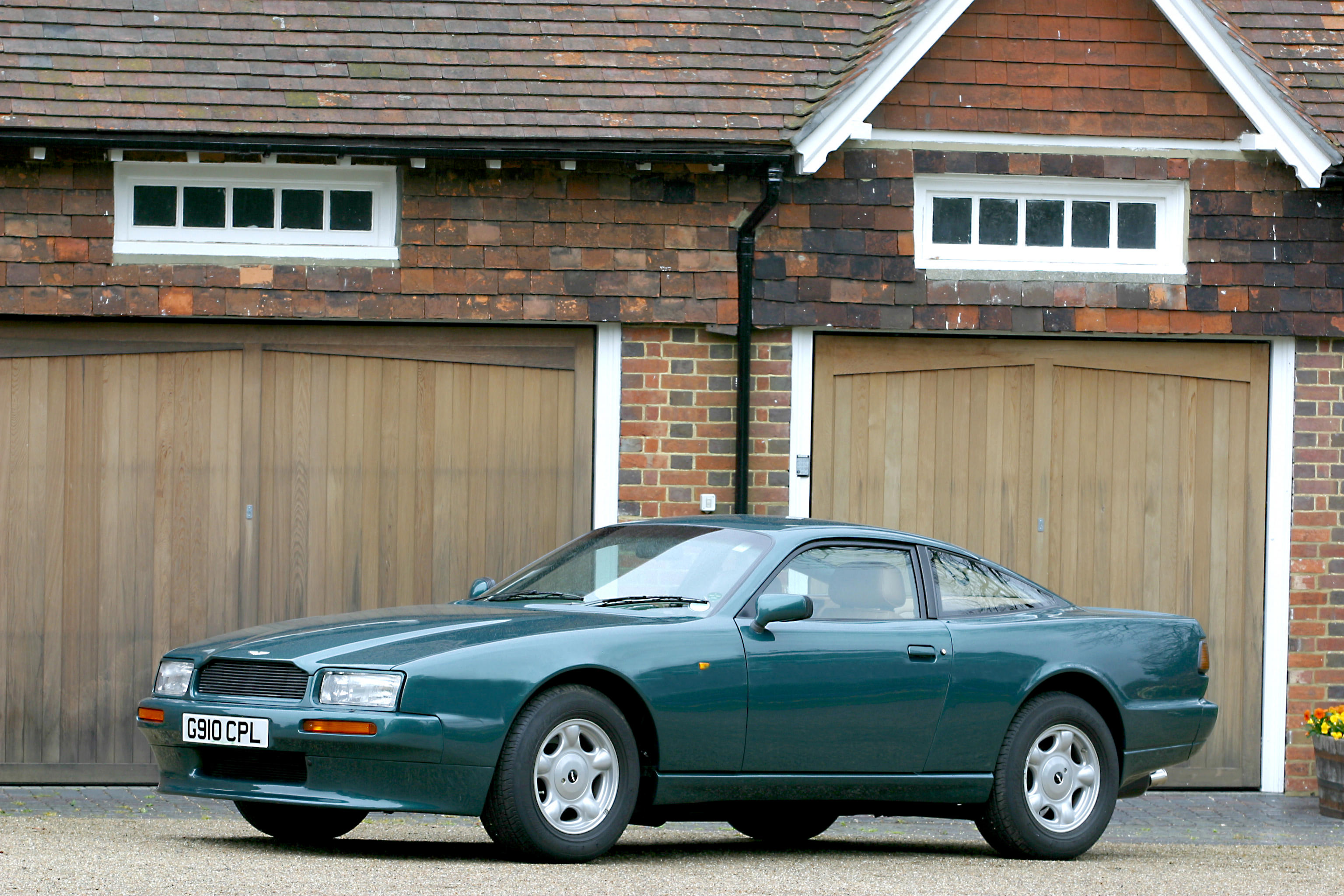
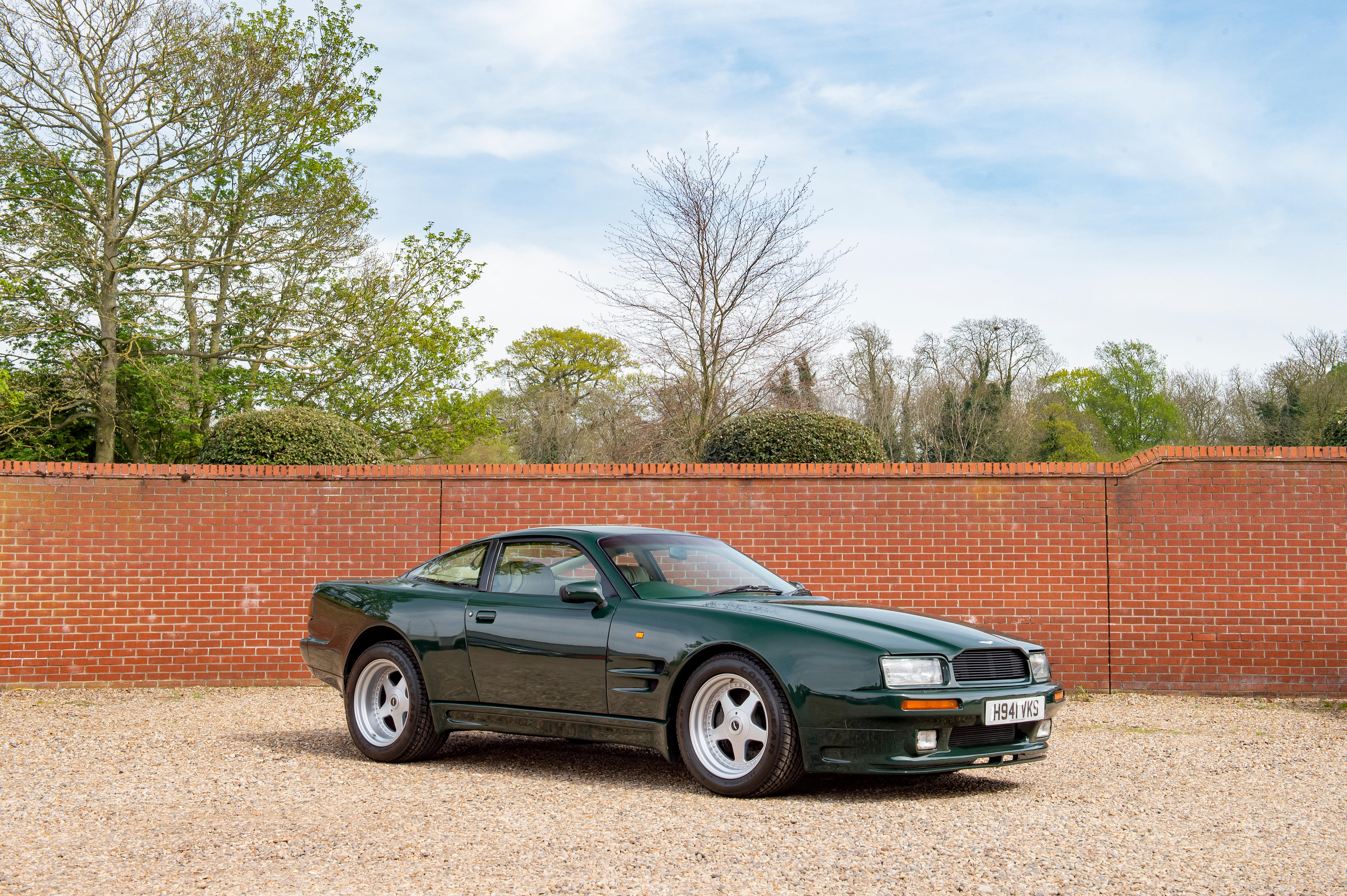
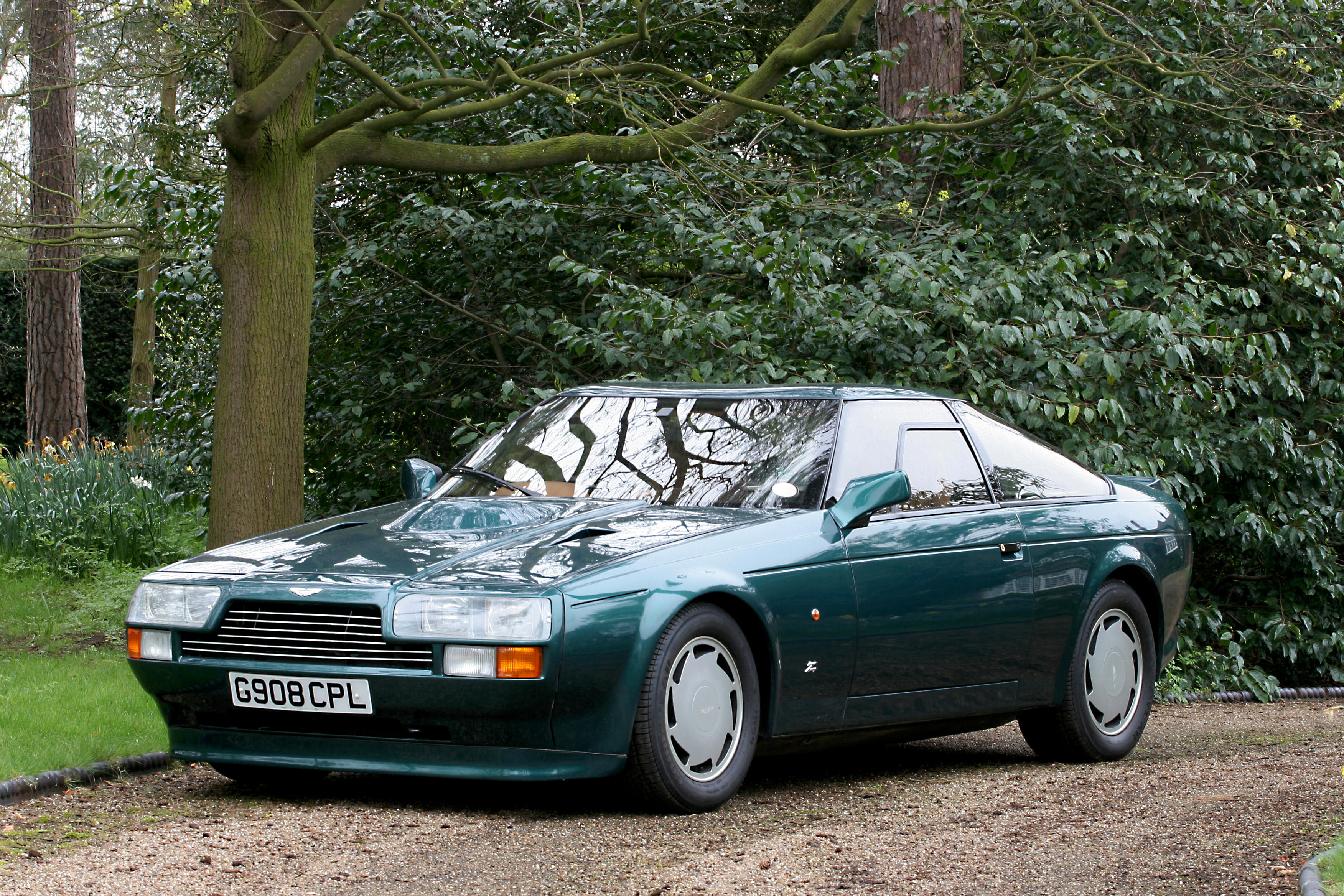
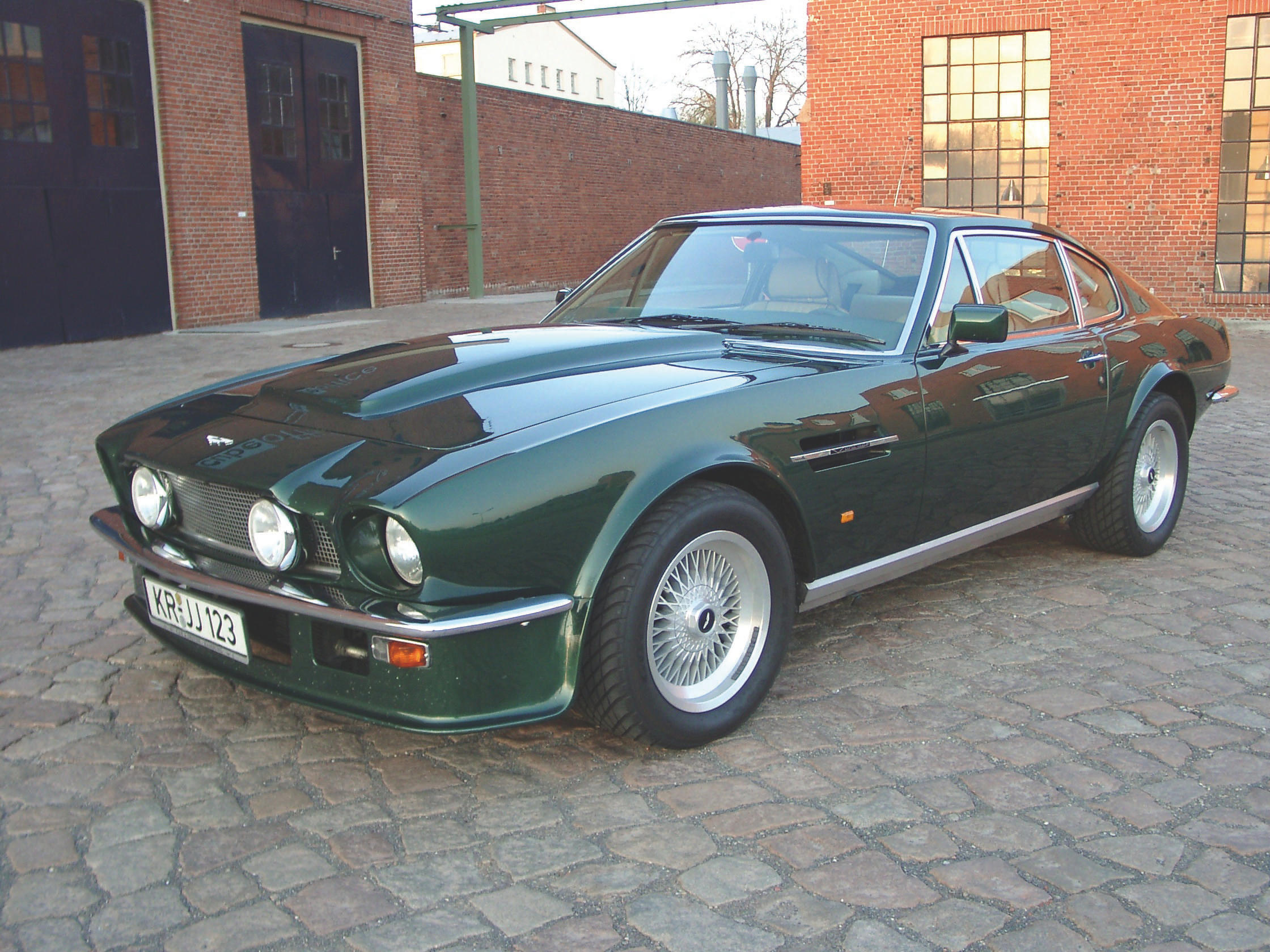
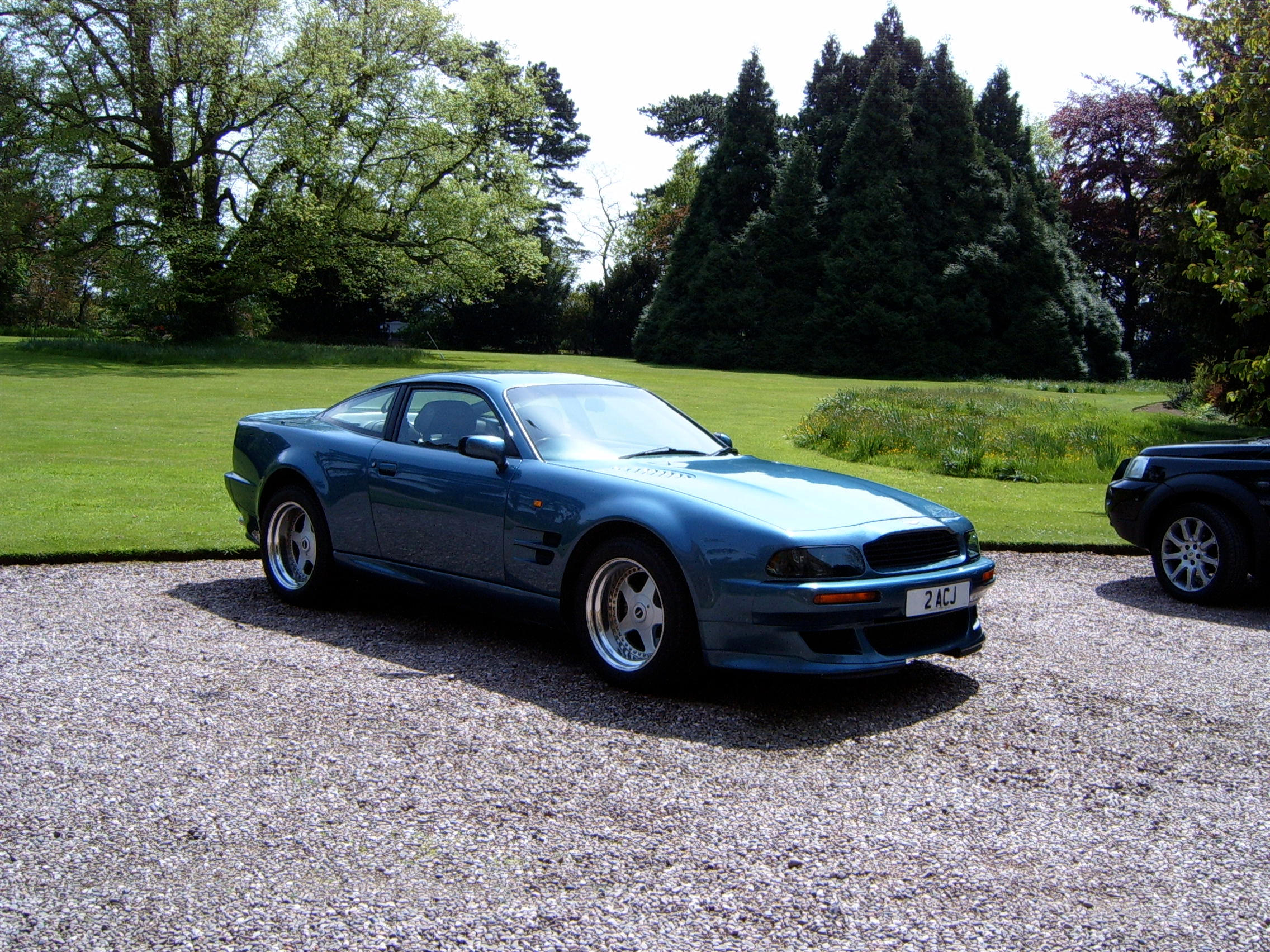

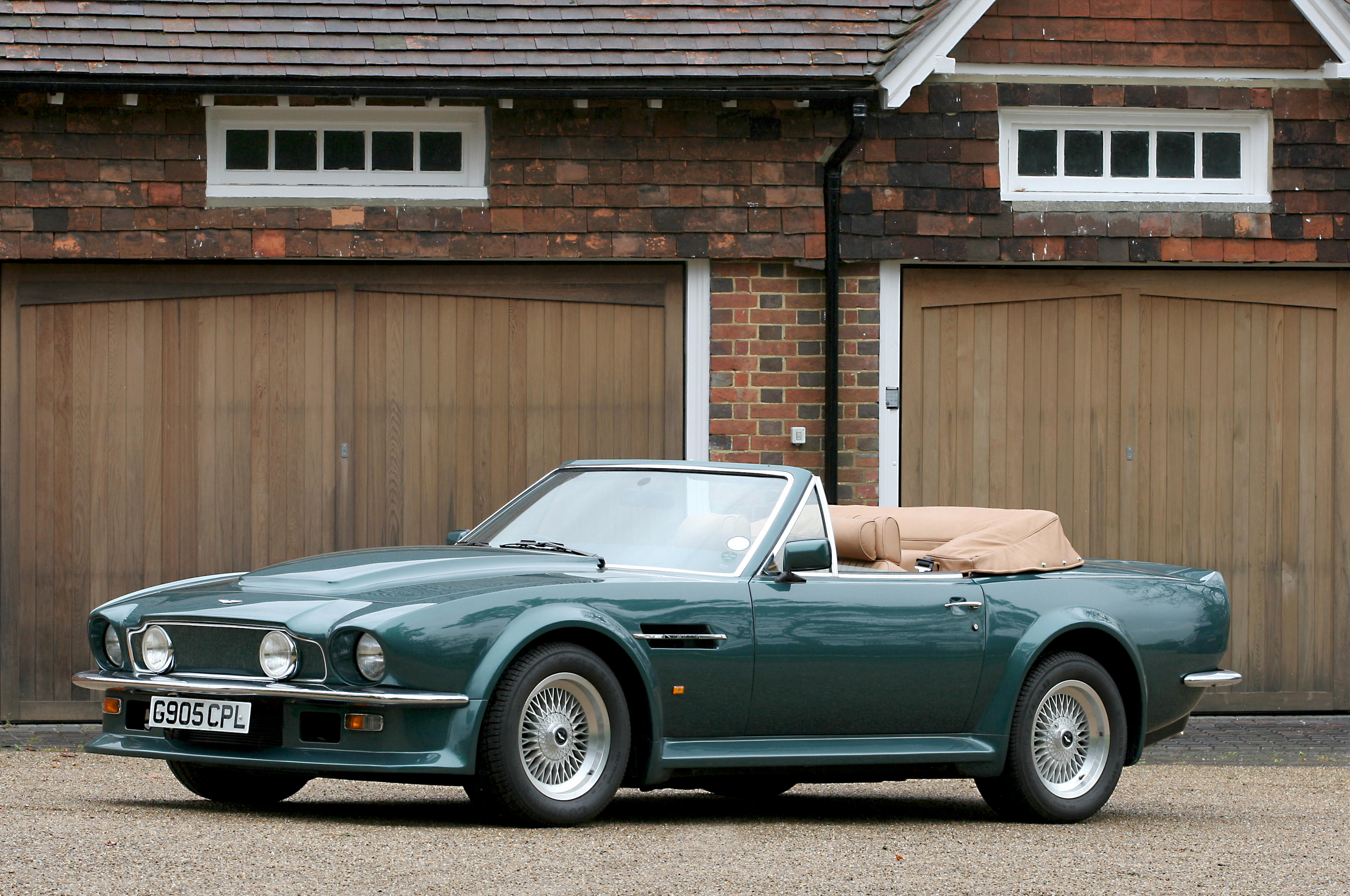
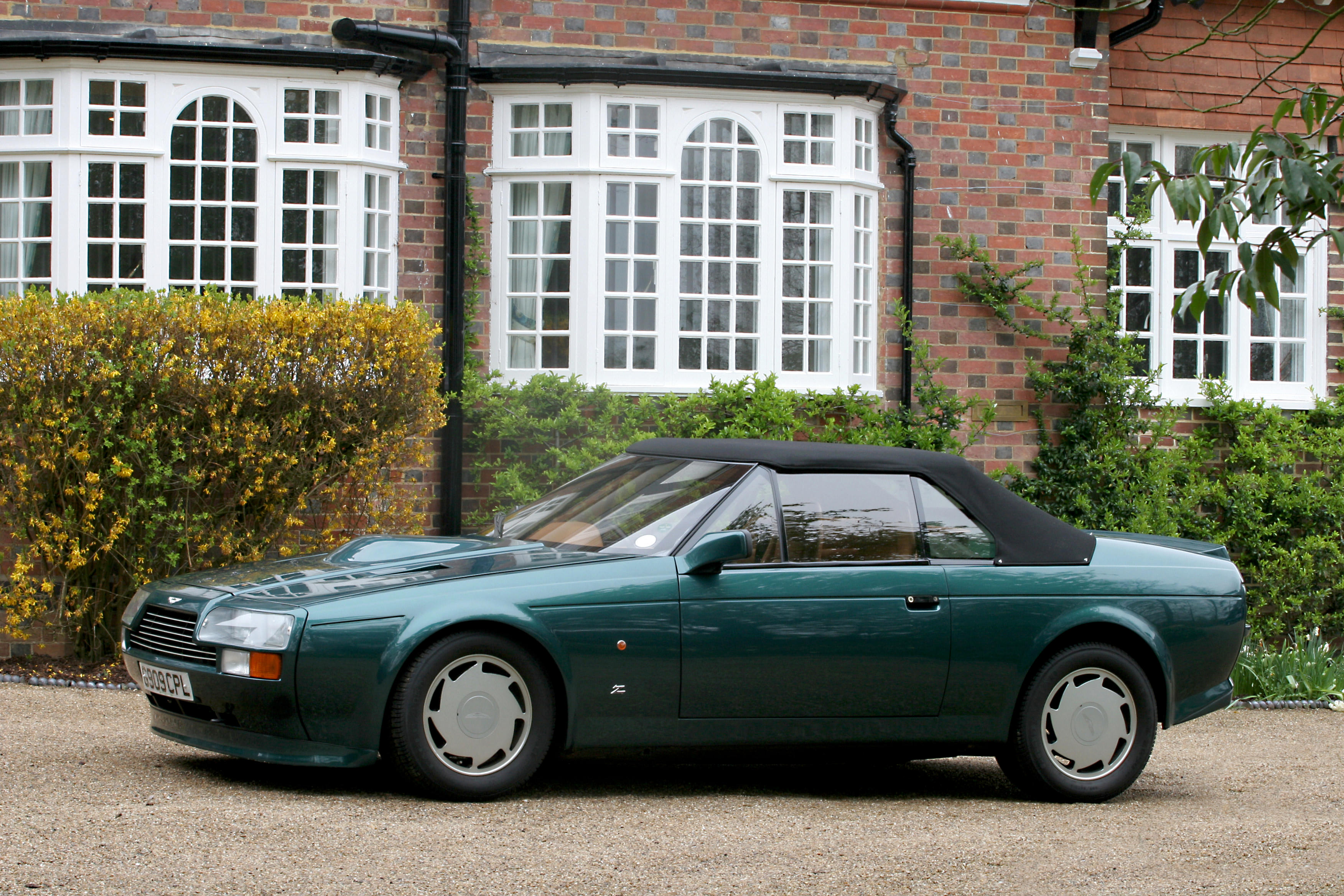
Testen Sie LotSearch und seine Premium-Features 7 Tage - ohne Kosten!
Lassen Sie sich automatisch über neue Objekte in kommenden Auktionen benachrichtigen.
Suchauftrag anlegen